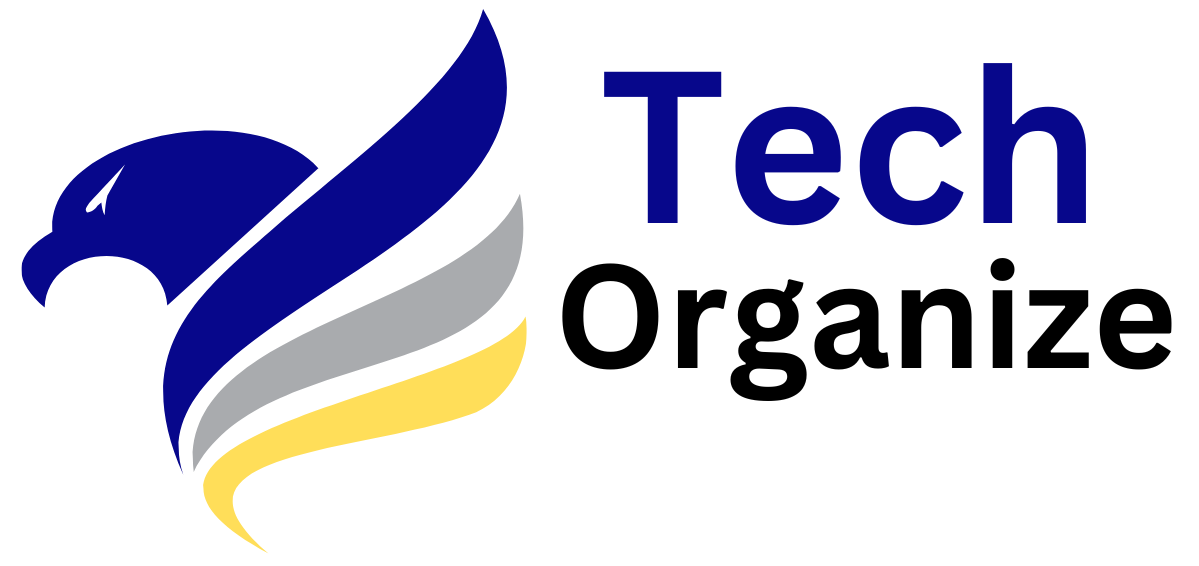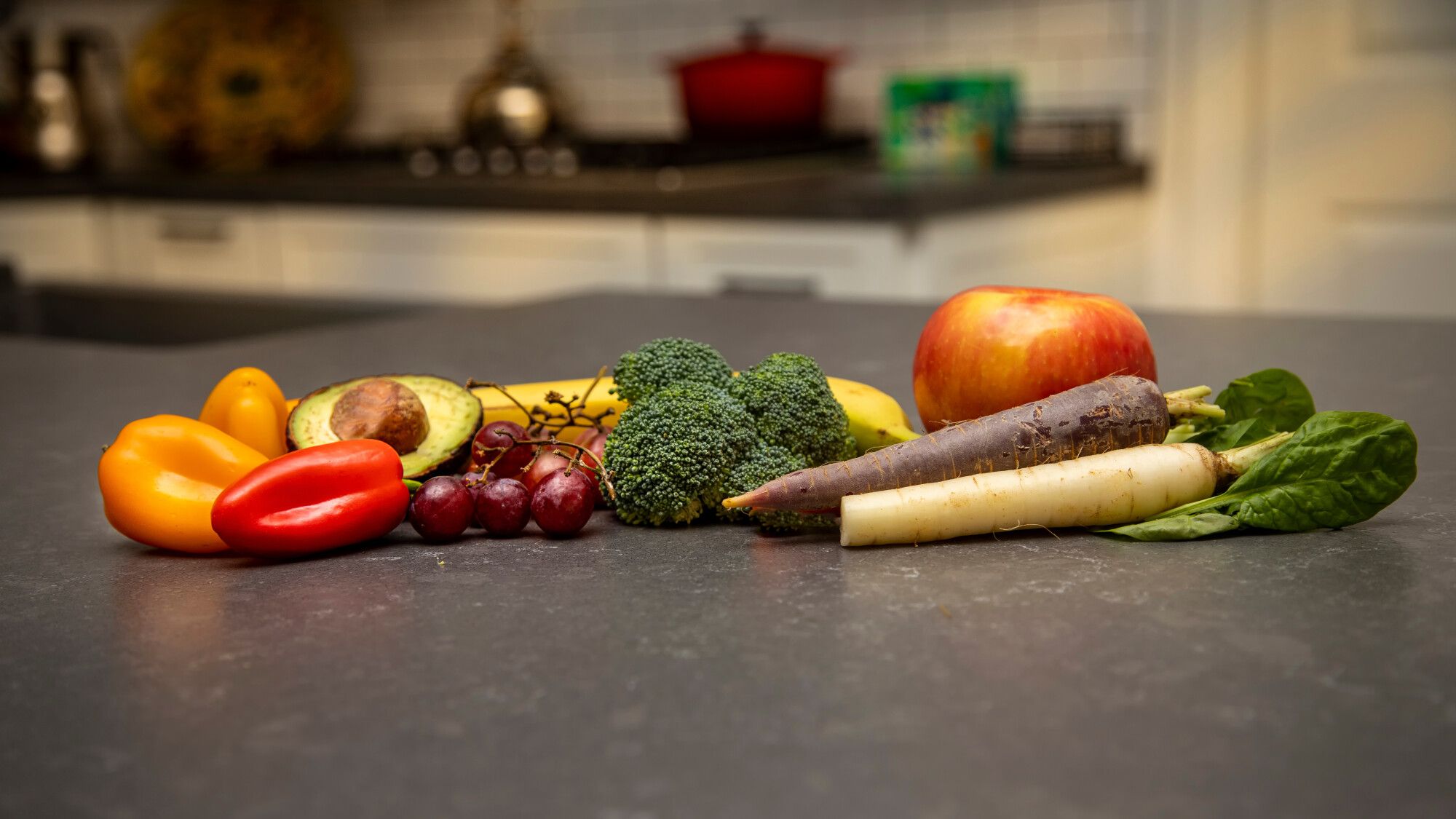High blood pressure (hypertension) is defined by an abnormal increase in blood pressure on the artery walls. Hypertension is when the systolic blood pressure (top number on the blood pressure monitor) rises to 14 cmHg (140 mmHg) or more, and the diastolic pressure (bottom number) rises to 9 cmHg ( 90 mmHg) or more. Very common, this disease can be asymptomatic for a long time. In any case, it is important that it is treated as soon as possible, because hypertension constitutes a cardiovascular risk factor and can lead to heart failure. The risk of high blood pressure naturally increases with age. Family history can also increase the risk of becoming hypertensive.
DASH diet, salt reduction, banana, magnesium… What to eat if your blood pressure is too high?
Diet also has a real influence on blood pressure. In practice, the WHO recommends adopting a diet low in salt (less than 5 grams per day) and rich in potassium (at least 3 and a half g per day in men and at least 2 and a half g per day in women ). “In addition to limiting the amount of salt in the dishes you prepare, you should reduce your consumption of foods that are rich in it (cold meats, red meat, cheese, chips, bread, pastries, prepared dishes), industrial soup , etc.), notice Alexandra Murcier dietitian-nutritionist. The DASH dietwhich consists of increasing the consumption of fiber while reducing foods rich in salt and fat, it is often recommended for people with hypertension.
What are the best foods to lower high blood pressure?
“To reduce blood pressure, it is recommended to favor foods rich in potassium, whose beneficial effects on blood pressure have been demonstrated. It is found mainly in fruits, vegetables, seeds and dark chocolate. garlic ( up to 4 teeth per day) , turmeric, fatty fish rich in Omega 3, wheat germ also have a beneficial effect on blood pressure on the walls of the arteries”, informs the dietitian-nutritionist.
What fruits lower blood pressure?
The fruits that contain the most potassium are bananas (320 mg/100g), avocados (430 mg) and dried fruits (especially dried apricots).
Which vegetable to regulate blood pressure?
The vegetables richest in potassium are: broccoli (300 mg potassium per 100 g), spinach (580 mg potassium per 100 g), Romanesco cabbage (300 mg potassium per 100 g), sweet potato (337 mg potassium per 100 g), artichoke (370 mg potassium per 100 g), parsnip (505 mg potassium per 100 g) and bee (500 mg potassium per 100 g). “Pay attention to the cooking method because cooking in boiling water causes potassium to escape. It is better to use steam cooking.”, advises the specialist.
Be careful, though. Never start a specific diet without your doctor’s approval. Especially since the excessive consumption of foods rich in potassium exposes you to a risk of hyperkalemia. Also, while diet can help lower blood pressure slightly, it is not enough to treat high blood pressure. In other words, there is no question of replacing the treatment prescribed by your doctor.

